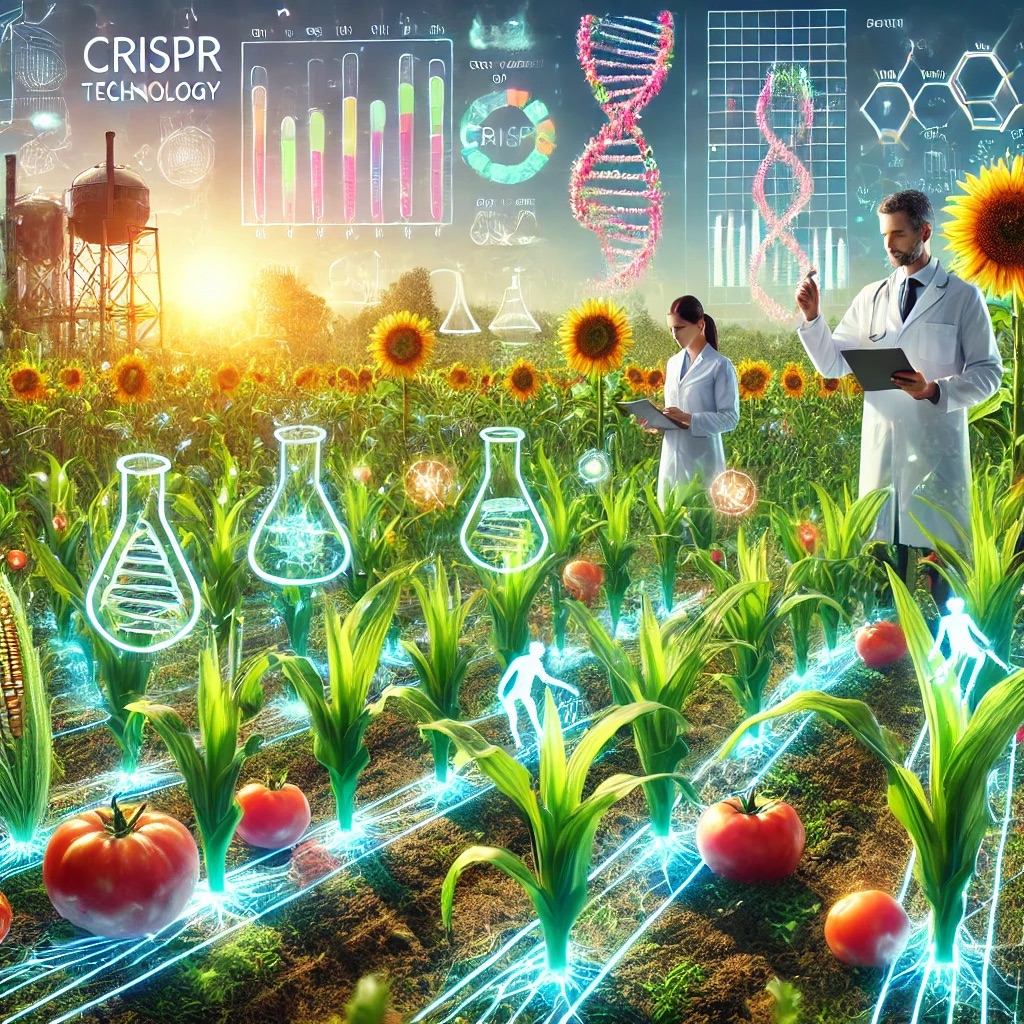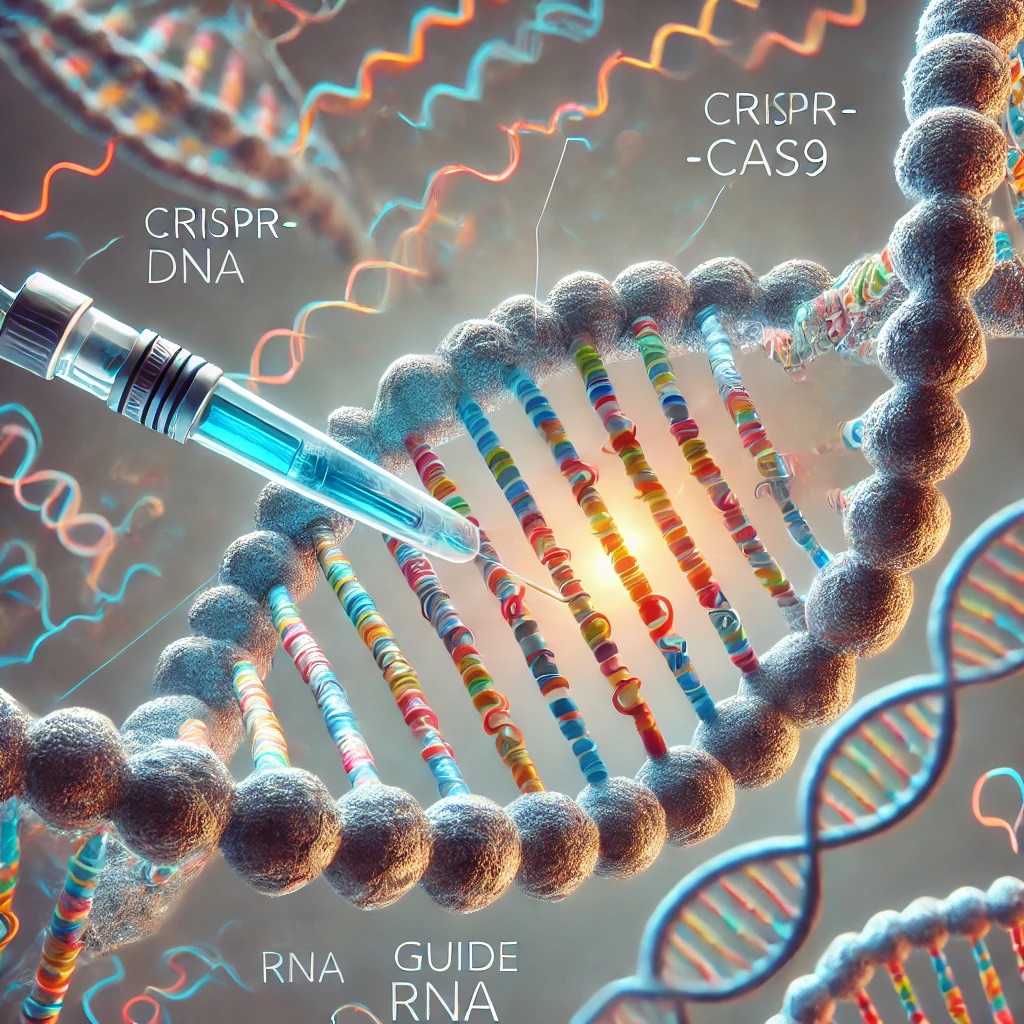Genetic engineering has long been a cornerstone of scientific innovation, but with the advent of CRISPR-Cas9 technology, we have entered a new era of possibility and ethical debate. CRISPR, which stands for Clustered Regularly Interspaced Short Palindromic Repeats, is a revolutionary tool that allows scientists to edit genes with unprecedented precision. This technology has the potential to transform medicine, agriculture, and even the future of entire species. However, with great power comes great responsibility, and the ethical implications of CRISPR are as profound as the possibilities it offers.
The Science Behind CRISPR
At its core, CRISPR-Cas9 is a system that was originally discovered in bacteria as a natural defense mechanism against viruses. The CRISPR sequences in the bacterial genome store fragments of viral DNA, which allows the bacteria to recognize and cut viral DNA if the virus attacks again. Scientists have harnessed this system for genetic engineering by pairing the CRISPR sequences with the Cas9 enzyme, which acts like molecular scissors, cutting DNA at specific locations.
This ability to precisely target and edit specific genes makes CRISPR a powerful tool for genetic modification. Unlike previous methods of gene editing, which were often imprecise and prone to errors, CRISPR allows for highly accurate edits to the genome. This opens up a wide range of possibilities, from correcting genetic mutations in humans to creating crops that are resistant to pests and diseases.
Applications of CRISPR in Medicine
One of the most promising applications of CRISPR technology is in the field of medicine. Genetic disorders such as cystic fibrosis, sickle cell anemia, and Huntington’s disease are caused by specific mutations in an individual’s DNA. With CRISPR, it is theoretically possible to correct these mutations at the genetic level, offering a potential cure for diseases that were previously considered incurable.
In 2020, the first clinical trials using CRISPR to treat genetic disorders began, marking a significant milestone in medical science. These trials have shown promising results, with patients experiencing improvements in their conditions after receiving CRISPR-based treatments. As research progresses, it is likely that CRISPR will become a standard tool in the treatment of genetic disorders, revolutionizing the way we approach medicine.
Beyond treating genetic diseases, CRISPR also holds potential in the fight against cancer. By editing the genes of immune cells, scientists can create “super” immune cells that are more effective at targeting and destroying cancer cells. This approach, known as CAR-T cell therapy, has already shown success in treating certain types of leukemia and lymphoma, and researchers are exploring its potential for other forms of cancer.

Agricultural Innovations with CRISPR
CRISPR technology is not limited to human medicine; it also has significant implications for agriculture. Traditional methods of crop breeding, which can take years or even decades, are being revolutionized by CRISPR. Scientists can now create genetically modified crops with desirable traits—such as increased yield, resistance to pests and diseases, and enhanced nutritional content—in a fraction of the time.
For example, CRISPR has been used to develop rice varieties that are resistant to bacterial blight, a devastating disease that affects rice production worldwide. Similarly, researchers have used CRISPR to create crops that can withstand drought conditions, which is becoming increasingly important in the face of climate change.
In addition to improving crop resilience, CRISPR is also being used to enhance the nutritional content of food. For instance, scientists have developed a strain of wheat that produces higher levels of dietary fiber, which could have significant health benefits for consumers. As the global population continues to grow, CRISPR could play a critical role in ensuring food security by creating crops that are more productive, nutritious, and sustainable.
Ethical Considerations and Challenges
While the potential of CRISPR technology is vast, it also raises significant ethical questions. The ability to edit the human genome, particularly in embryos, has sparked a heated debate about the morality of genetic modification. On one hand, CRISPR could be used to eliminate genetic diseases and improve human health. On the other hand, it opens the door to the possibility of “designer babies,” where parents could choose the traits of their children, from eye color to intelligence.
The ethical concerns surrounding CRISPR are further complicated by the potential for unintended consequences. While CRISPR is highly precise, it is not infallible, and off-target effects—where the wrong part of the genome is edited—are still a concern. These unintended changes could have unpredictable effects on an individual’s health or even be passed down to future generations.
The use of CRISPR in agriculture also raises ethical and environmental questions. While genetically modified crops can offer significant benefits, they also raise concerns about biodiversity and the long-term impacts on ecosystems. For instance, the widespread adoption of CRISPR-engineered crops could reduce genetic diversity in agriculture, making crops more vulnerable to diseases or environmental changes.
Given these ethical concerns, there is a growing call for international regulations and guidelines to govern the use of CRISPR technology. Many scientists and ethicists argue that while CRISPR holds immense promise, it must be used responsibly, with careful consideration of the potential risks and benefits.
The Future of CRISPR
As CRISPR technology continues to advance, it is likely to play an increasingly important role in shaping the future of medicine, agriculture, and even the environment. The potential applications of CRISPR are vast, and we are only just beginning to explore what this technology can achieve.
However, the future of CRISPR will also depend on how we navigate the ethical and social challenges it presents. The decisions we make today about the use of CRISPR will have lasting implications for generations to come. By fostering open and inclusive discussions about the benefits and risks of genetic engineering, we can ensure that CRISPR technology is used to improve the human condition while safeguarding our ethical values.
CRISPR technology represents a new frontier in genetic engineering, offering unprecedented opportunities to shape the world around us. As we stand on the cusp of this genetic revolution, the challenge will be to harness the power of CRISPR for the greater good, while navigating the complex ethical landscape that comes with it.














